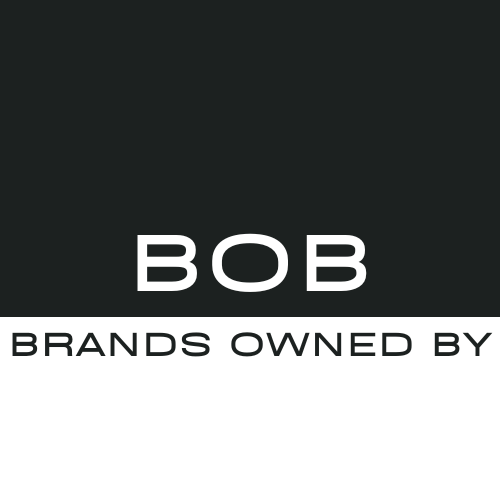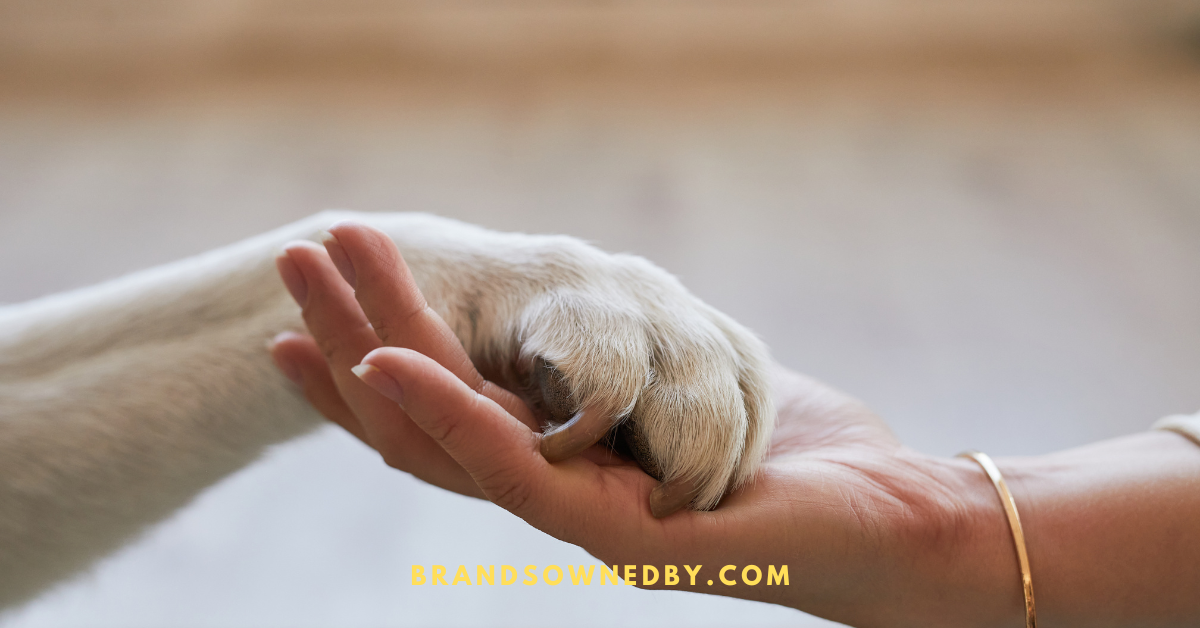Purina is a household name for pet owners worldwide, known for its commitment to nutritious and high-quality pet food. But have you ever wondered, “Who owns Purina?” This comprehensive guide dives into the ownership structure of Purina, its list of shareholders, decision-making control, market share, and competitors in the pet food industry. By the end, you’ll have a clear understanding of the business side of this renowned brand.
The History of Purina Pet Foods
To understand who owns Purina today, we need to take a closer look at its origins. Purina was originally launched in 1894 as Purina Mills, founded by William H. Danforth along with George Robinson and William Andrews. The company operated under the name Robinson-Danforth Commission Company, focusing initially on livestock feed.
By 1902, the brand’s name was shortened to Ralston Purina, and the business gradually transitioned into pet food around the 1920s. The Cat Chow and Dog Chow product lines began capturing consumer trust with Purina’s focus on consistent quality and scientific research into animal nutrition.
Over the decades, the company reinforced its place in the market as a leader in pet food production. But in the modern era, significant changes in ownership and corporate structure reshaped Purina into the global brand we know today.
Who Owns Purina?
Purina, officially known as Nestlé Purina PetCare, is owned by Nestlé S.A., the Swiss multinational food and beverage conglomerate. Nestlé acquired Purina in December 2001 by purchasing its parent company, Ralston Purina, in a deal worth $10.3 billion. Since then, Purina has operated as a subsidiary of Nestlé, which is headquartered in Vevey, Switzerland.
Nestlé is the largest food and beverage company globally and holds significant shares across a wide range of industries. The acquisition of Purina allowed Nestlé to strengthen its position in the pet care market, a sector that has seen consistent growth over the years.
Why Did Nestlé Acquire Purina?
Nestlé’s acquisition of Ralston Purina was a strategic move aimed at fortifying its footprint in the growing pet care industry. By the early 2000s, the pet food market was experiencing massive growth as more people began to prioritize their pets’ health and well-being. Nestlé recognized Purina as a well-established brand with a loyal customer base, a perfect addition to its existing portfolio.
Through its ownership of Purina, Nestlé gained access to Purina’s vast product range, research capabilities, and established distribution networks across the globe. The acquisition also helped Nestlé dominate in key markets such as North America and Europe.
The Relationship Between Nestlé and Purina
Nestlé’s ownership has played a significant role in Purina’s exponential growth. The financial muscle and global reach of Nestlé have allowed Purina to scale operations while staying true to its commitment to delivering high-quality products.
It’s a win-win situation for both Nestlé and Purina:
- For Nestlé: Purina consistently contributes to its bottom line as the pet food market experiences sustained growth.
- For Purina: Nestlé’s resources help drive innovation, improve supply chains, and expand access to new markets.
Quick Facts About Nestlé and Purina
Here are some quick facts to keep in mind while exploring the relationship between Nestlé and Purina:
- Nestlé Purina PetCare’s revenue totals billions annually, with double-digit growth in emerging markets.
- The brand consistently ranks as one of the top-performing divisions within the Nestlé Group.
- Purina has over 20 factories in North America alone, ensuring a steady supply of products to meet consumer demand.
Nestlé Purina’s Global Impact
Under Nestlé’s leadership, Purina has expanded beyond its legacy products to dominate the premium pet food market. Today, Nestlé Purina PetCare operates in over 70 countries with millions of satisfied customers across the globe.
Here are a few key areas of Purina’s operations:
1. Diverse Product Range
Nestlé Purina produces some of the most recognizable brands in pet care, including:
- Purina ONE (focused on natural and premium nutrition)
- Beneful (known for flavorful and nutrient-packed meals)
- Pro Plan (targeting pet owners interested in performance and advanced nutrition)
- Purina Fancy Feast (gourmet wet cat food brand)
- Purina Tidy Cats (offering high-quality, convenient cat litter solutions)
Purina continues to develop innovative and specialized pet care solutions that cater to specific needs such as weight management, digestive health, and food sensitivities.
2. Scientific Research and Development
Purina operates one of the largest research and development teams in the pet care industry. The company employs veterinarians, nutritionists, and scientists to create balanced and effective pet food formulas. Their research ensures that pets receive optimal nutrition tailored to their age, breed, and health condition.
Notably, their “Nestlé Purina PetCare Research and Development Center” in St. Louis, Missouri, serves as a hub for innovation in pet food and care products.
3. Sustainability Efforts
Nestlé Purina is committed to sustainability. The brand focuses on sourcing ingredients responsibly and reducing its environmental footprint through recyclable packaging and energy-efficient manufacturing.
Some recent sustainability projects include:
- Reducing greenhouse gas emissions across their global supply chain.
- Increasing the usage of renewable energy sources in their manufacturing facilities.
- Offering eco-friendly alternatives in packaging for popular products.
4. Advocacy and Community Engagement
Purina also actively engages in community enrichment and advocacy programs. The company frequently partners with shelters and rescues to ensure pets find loving homes. Popular campaigns like BetterWithPets celebrate the bond between humans and animals, touching the lives of millions of pet owners.
Who Controls Purina?
Though Purina operates as a subsidiary of Nestlé, the ultimate control lies in Nestlé’s executive leadership team and board of directors. Decision-making is largely influenced by Nestlé’s CEO, executive management, and the board, who craft business strategies for Purina’s operations worldwide. Additionally, shareholders who hold significant stakes in Nestlé indirectly influence Purina through their voting power.
On the ground level, Nestlé Purina PetCare is run by its own team of executives, who oversee day-to-day operations and ensure alignment with the overarching goals set by Nestlé. These executives focus on product innovation, expanding markets, and maintaining Purina’s reputation as a leader in pet care.
Purina Market Share and Competitors
Nestlé Purina PetCare holds a substantial share of the global pet food market. According to 2023 estimates, Purina controls approximately 29% of the market, making it one of the largest pet food companies globally. Its brands, including Purina ONE, Beneful, Friskies, Fancy Feast, and Pro Plan, are household names for pet owners.
Key Competitors
While Purina is a market leader, it faces stiff competition. Here’s a look at its top rivals:
- Mars Petcare
- Market Share: 32%
- Overview: Mars Petcare, a subsidiary of Mars Inc., is the largest player in the pet care industry. It owns brands like Pedigree, Royal Canin, Iams, and Whiskas, which are popular among cat and dog owners worldwide. Mars also operates pet hospitals under Banfield and VCA Animal Hospitals.
- Hill’s Pet Nutrition
- Market Share: 9%
- Overview: A division of Colgate-Palmolive, Hill’s is known for its science-backed pet nutrition products like Hill’s Science Diet and Hill’s Prescription Diet. It primarily targets premium and veterinary-recommended diets.
- Blue Buffalo
- Market Share: 7%
- Overview: Acquired by General Mills in 2018, Blue Buffalo focuses on natural and organic pet food. It appeals to health-conscious pet owners seeking premium options.
- JM Smucker Company (Pet Division)
- Market Share: 5%
- Overview: JM Smucker owns brands like Meow Mix, Milk-Bone, and Nature’s Recipe, which cater to mid-range consumers. They continue to grow their portfolio with strategic acquisitions.
- Diamond Pet Foods
- Market Share: ~4%
- Overview: Known for producing high-quality, affordable pet food under brands like Taste of the Wild and Diamond Naturals, they cater to niche markets like grain-free diets.
Competitive Advantage
Purina’s strengths in innovation, trusted brand reputation, and diverse portfolio allow it to maintain a stronghold over its competitors. Nestlé’s vast resources and global distribution networks also strengthen Purina’s ability to compete effectively and expand its reach.
Final Thoughts on Purina’s Leadership in Pet Care
Purina’s success as a subsidiary of Nestlé can largely be attributed to Nestlé’s strategic vision and the brand’s ability to innovate. With a significant share of the global pet food market, supported by robust competitors that spur constant improvement, Purina has solidified itself as a leader in the industry. Whether it’s introducing new products or contributing to sustainable practices, Purina’s efforts resonate with pet owners around the globe.
If the pet food market continues on its current growth trajectory, Purina is well-positioned to maintain its leadership role. Its focus on quality, nutrition, and sustainability ensures that it meets the evolving needs of both pets and their owners.

